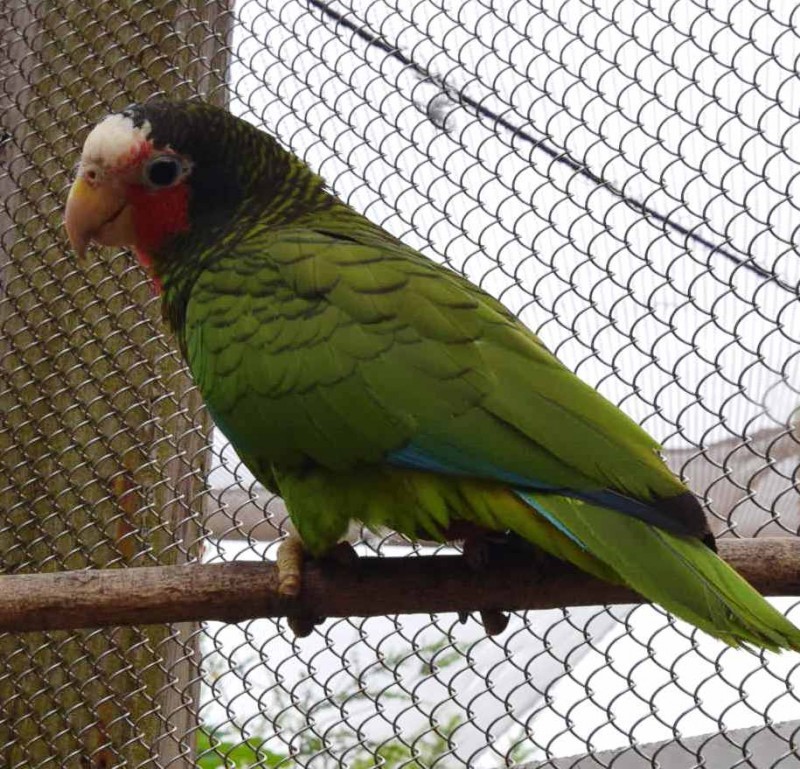Do not refresh or close this window.

Do not refresh or close this window.


Share
CTC’s Caribbean Free Flight Aviary has got some really good news: two of their Cayman Brac rescue parrots, ‘Bebop’ and ‘Mango’ have produced what is thought to be the very first egg in captivity. It’s still early days, and Geddes Hislop, Curator of Terrestrial Exhibits and Education Programs, is hoping for a few more. “Yesterday afternoon, Monday 28th May, we discovered an egg in the Cayman Brac Parrots nest box,” he said.
For quite a long time now, Aviary staff, under the guidance of Mr. Hislop have been engaged in a concerted effort to help boost the Grand Cayman parrot population, and so far several young parrots have hatched from eggs laid at the Centre, and been released into the wild. The first was in 2009, when two of the Centre’s rescue parrots produced the very first egg, and from there on, many such successes have helped increase the knowledge of Grand Cayman parrot behaviour. With the aid of a special ‘nest cam’ which lets staff members see into the nesting box, designed by Crew Member Arlen Bodden, without disturbing the birds inside.
But there are actually two species of Cayman Parrot, the Grand Cayman Parrot and the Cayman Brac Parrot, which is a bit smaller. “This is the first time a Cayman Brac parrot has ever bred in Captivity, as far as I know, anywhere. This breeding season, 2018 we brought in two other pairs of Cayman Parrots, we have the original pair which is Sweet Pea and Leo and then we have another Grand Cayman pair, Rosie and Ralph, and then we have the Cayman Brac parrots, Mango and Bebop. When we put them in the nesting box two weeks ago, it looks like they got busy straight away.” Mr. Hislop said.
“It’s an endangered species. The last census that the DOE did was a population of about 770 Cayman Brac parrots. They think that the population is stabilizing since hurricane Paloma. After Paloma they went down to about 300, but there are other threats now because there is a lot of development going on in the Brac, so they are losing habitat,” Mr. Hislop said.
The parrots are intended for release into the wild, so they are kept separately from the rest of the birds, and not allowed to become too used to human beings. The Centre is currently building a brand new, aviary for the birds to go in before they are released, around the back of the main aviary, and that is really good news too, because May 31st was World Parrot Day!